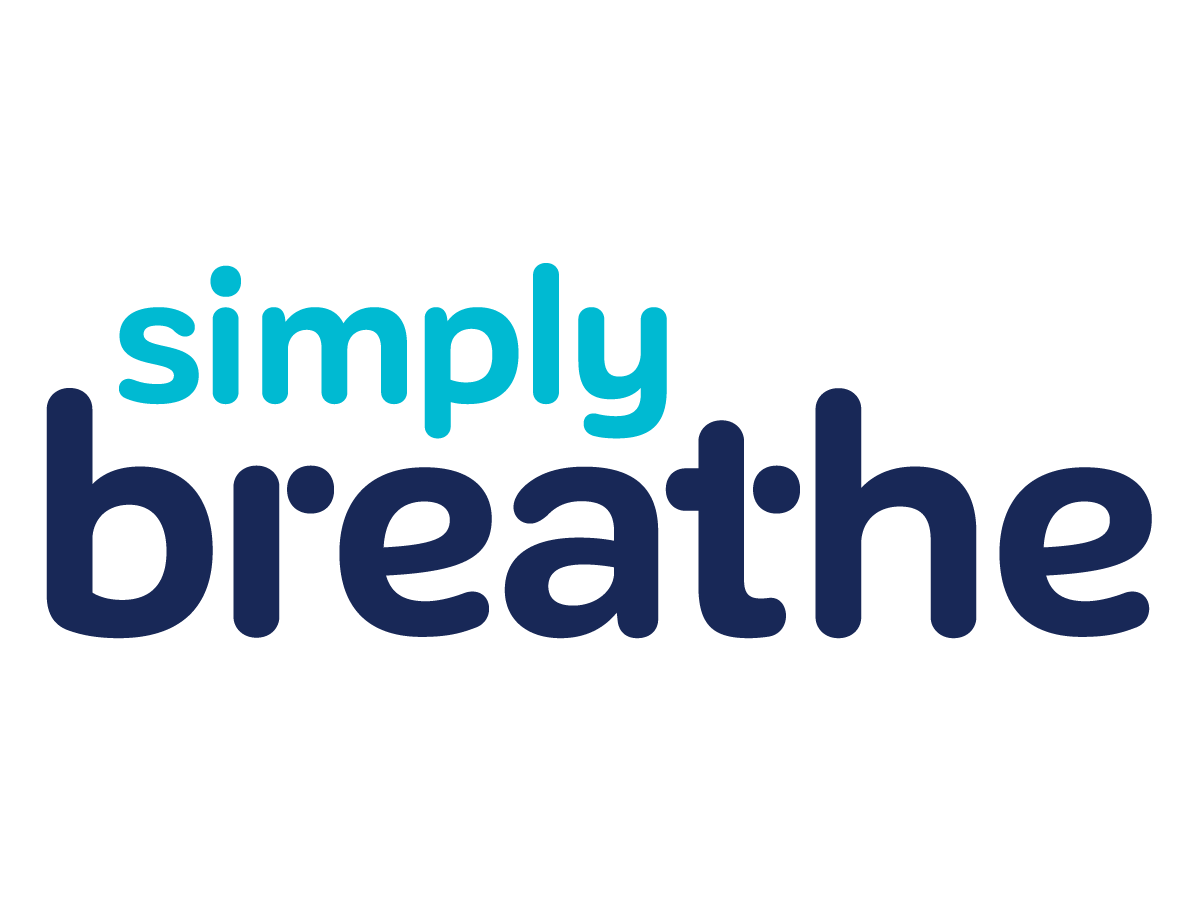Breathing is something we do approximately 20,000 times per day, yet many of us don't give much thought to how we breathe. As it turns out, the pathway our breath takes—through the nose or mouth—can significantly impact our health, sleep quality, and even athletic performance.
Your Nose: Nature's Air Filter and Humidifier

Our nasal passages aren't just random holes in our face. They're sophisticated pathways specifically designed to:
- Filter air: The tiny hair-like structures called cilia in your nose trap dust, allergens, and other particles before they reach your lungs
- Warm and humidify air: Your nasal passages add moisture and warm inhaled air to the ideal temperature for your lungs
- Regulate airflow: The natural resistance in nasal breathing helps maintain optimal oxygen uptake
- Produce nitric oxide: Your sinuses produce this important gas that improves oxygen uptake by 10-20% and helps kill bacteria and viruses
Mouth Breathing: A Modern Problem
Despite these benefits, many of us habitually breathe through our mouths, especially during sleep. Research suggests about 65% of people breathe through their mouths while sleeping, with consequences including:
- Dry mouth and throat
- Increased risk of tooth decay and gum disease
- Worsened snoring and sleep apnea
- Chronic fatigue and brain fog
- Potential changes to facial structure (especially in children)
Athletic Performance and Nasal Breathing

For athletes, nasal breathing isn't just healthier—it can enhance performance. Studies by exercise science professor George Dallam found that runners who trained with nasal-only breathing for six months showed remarkable improvements. Compared to mouth breathing, nasal breathing was 22% more efficient and allowed for greater oxygen extraction from each breath.
Professional athletes like tennis champions Roger Federer and Novak Djokovic are known to practice nasal breathing during competition, maintaining composure while opponents gasp for air through open mouths.
Sleep Quality and Nasal Breathing

During sleep, nasal breathing helps maintain proper sleep architecture and prevents disruptions. Mouth breathing during sleep is associated with:
- Increased risk of sleep apnea
- More frequent awakenings
- Lower blood oxygen levels
- Higher blood pressure during sleep
- Reduced deep sleep and REM sleep
Training Yourself to Nasal Breathe
Switching to nasal breathing requires patience and practice:
- Start gradually: Begin practicing nasal breathing during low-intensity activities
- Clear your nasal passages: Use saline sprays or try the "nose unblocking" technique to unblock congestion
- Use mouth tape: Consider using specially designed mouth tape during sleep to encourage nasal breathing
- Be consistent: Full adaptation can take 6-8 weeks as your body adjusts
The Bottom Line
Your nose isn't just for smelling—it's a sophisticated breathing apparatus designed to optimize air intake for your health and performance. By returning to the breathing pattern your body was designed for, you can improve oxygen delivery, reduce breathing-related disorders, enhance sleep quality, and even boost athletic endurance.





Leave a comment (all fields required)